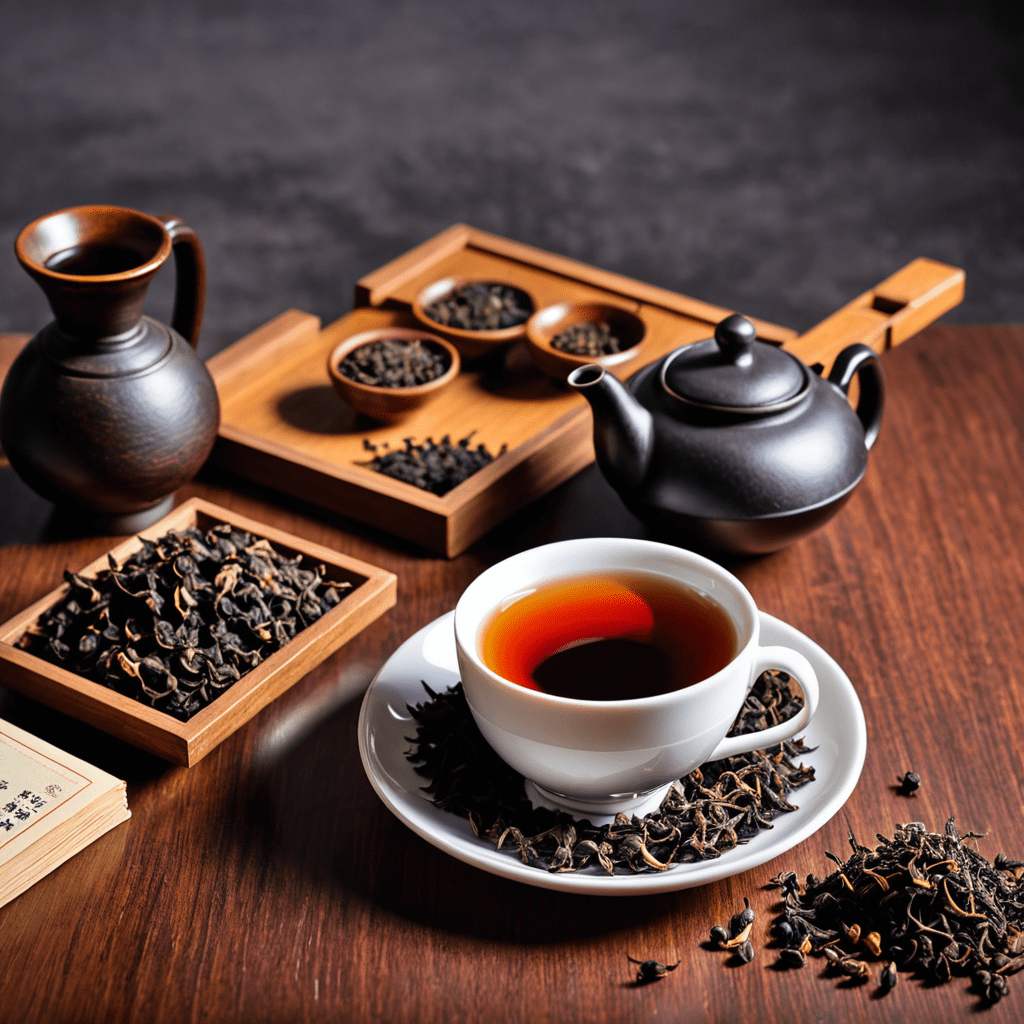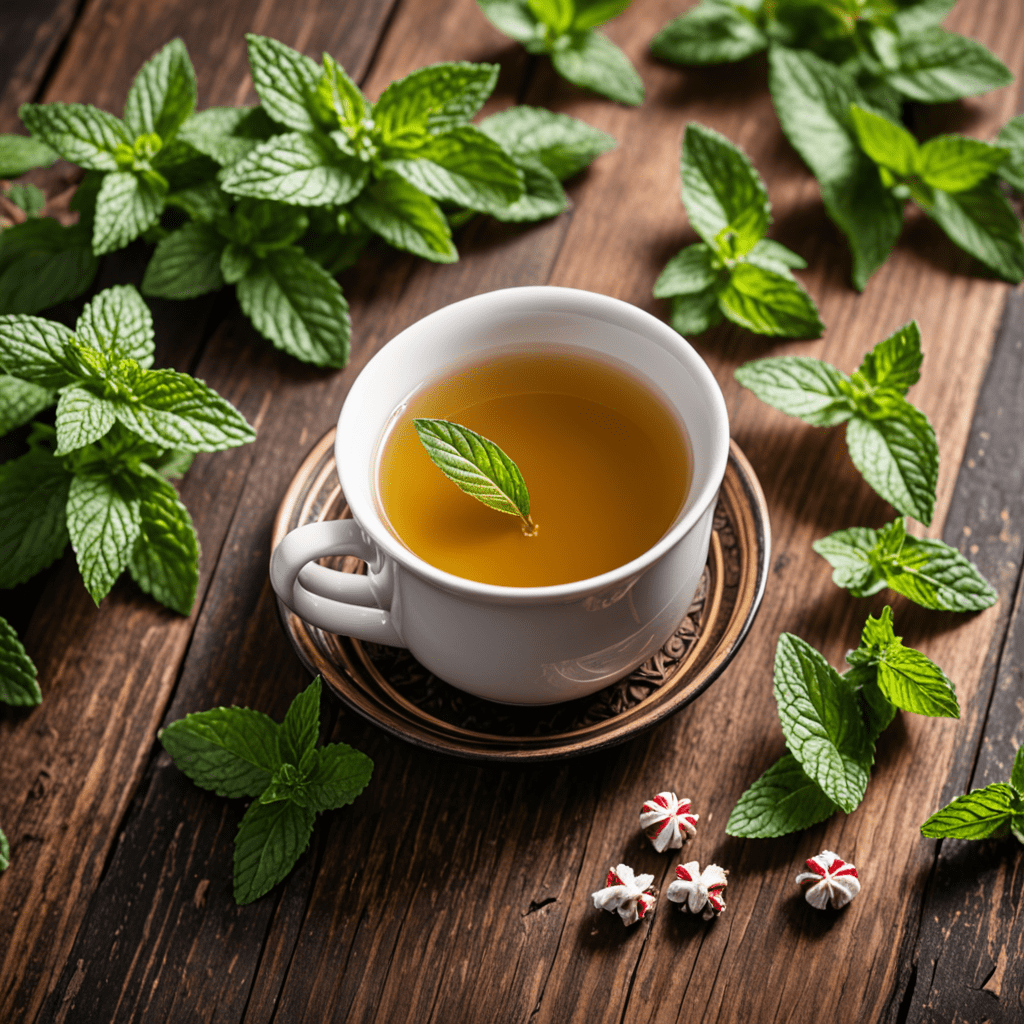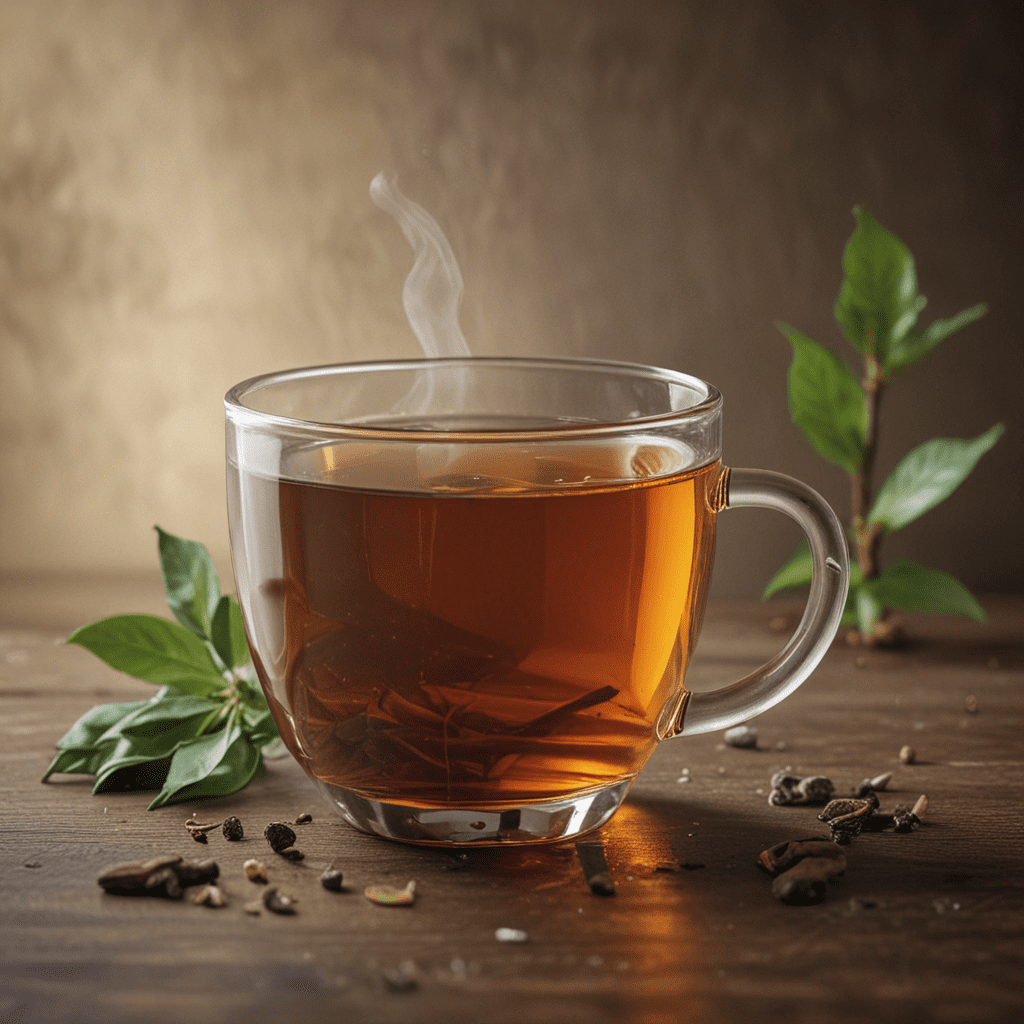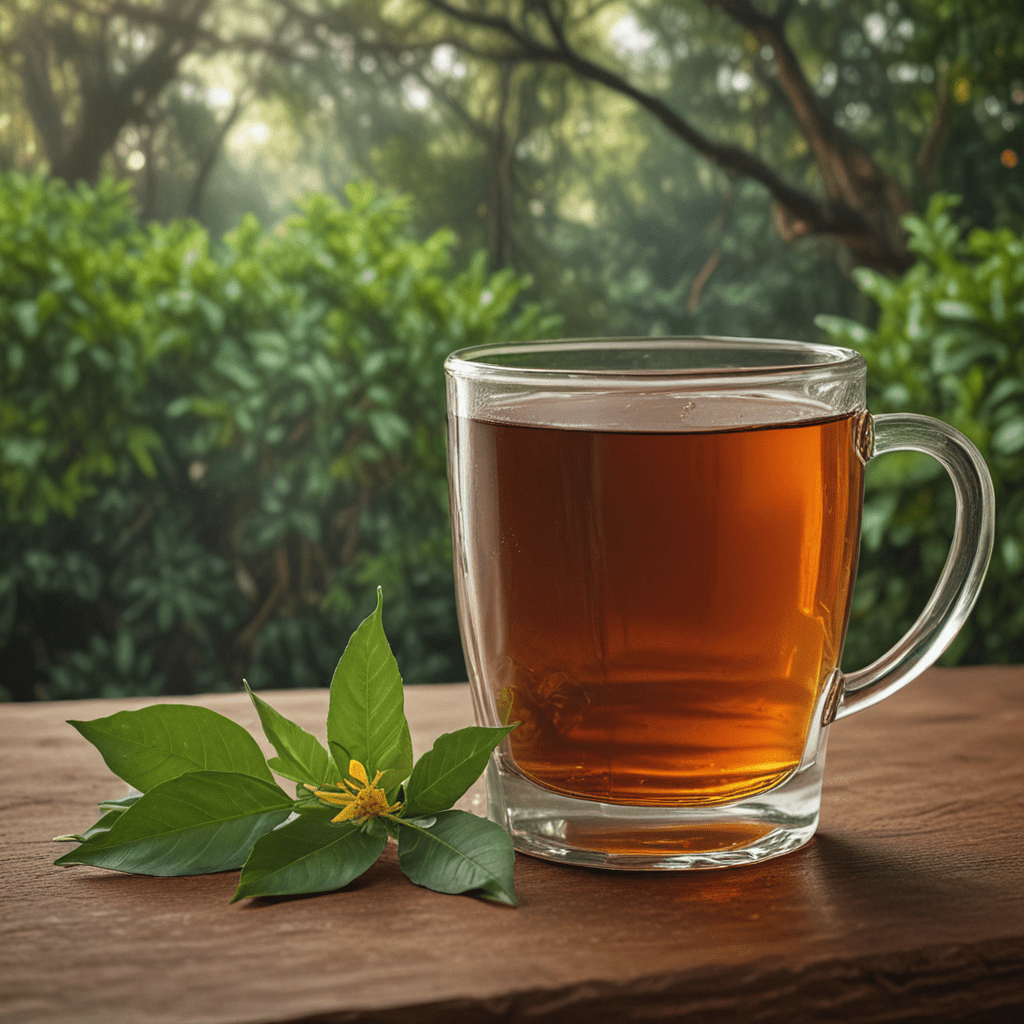
Pu-erh Tea: The Art of Tea Tasting
Introduction to Pu-erh Tea
Pu-erh tea, a beloved Chinese tea known for its unique fermentation process, has gained popularity for its rich flavors and potential health benefits. This tea is made from the leaves of the Camellia sinensis plant and undergoes an aging process that can range from a few years to several decades.
The Importance of Tea Tasting
Tea tasting is an art form that allows enthusiasts to appreciate the complexities of different teas. It involves using all senses to evaluate the appearance, aroma, taste, and mouthfeel of the tea. Pu-erh tea, with its diverse flavors and aromas, provides an excellent canvas for tea tasting.
Preparing Pu-erh Tea for Tasting
Before diving into the tasting process, it’s essential to prepare Pu-erh tea properly. This includes rinsing the tea leaves to awaken their flavors, selecting the right teaware, and using water at the appropriate temperature. These steps ensure that the true essence of the tea is experienced during tasting.
The Art of Tea Tasting
When tasting Pu-erh tea, start by observing the dry leaves, noting their color, shape, and aroma. Then, after brewing, observe the liquor’s color and aroma before taking the first sip. Notice the initial flavors, complexities that unfold, and the lingering aftertaste. Pay attention to how the tea evolves with each infusion.
Key Factors to Consider
During Pu-erh tea tasting, several key factors influence the overall experience. These include the tea’s origin, processing methods, age, storage conditions, and brewing techniques. Understanding these factors can enhance your appreciation of Pu-erh tea and help you distinguish between various offerings.
Developing Your Palate
Like any skill, tea tasting requires practice to develop a discerning palate. Start by tasting different varieties of Pu-erh tea to familiarize yourself with the range of flavors. Take notes to document your observations and preferences, allowing you to track your journey as a tea connoisseur.
Sharing the Experience
Tea tasting is a delightful experience to share with friends, family, or fellow tea enthusiasts. Organize a tea tasting session to explore Pu-erh tea together, exchange tasting notes, and enjoy the camaraderie that comes with discovering new teas. This communal aspect adds another layer of enjoyment to the art of tea tasting.
By embracing the art of Pu-erh tea tasting, you embark on a sensory journey that deepens your appreciation for this exceptional tea. With each tasting session, you refine your palate, uncover nuances in flavor, and cultivate a profound connection to one of the world’s most revered teas. Cheers to a lifetime of discovering the artistry of Pu-erh tea!
FAQ About Pu-erh Tea Tasting
What is Pu-erh Tea?
Pu-erh tea is a type of fermented tea that originates from Yunnan Province, China. It undergoes microbial fermentation over time, resulting in unique flavors and health benefits.
What sets Pu-erh Tea apart from other teas?
Pu-erh tea is known for its complex flavors, aged quality, and potential health benefits. It can improve digestion, aid in weight management, and provide a calming effect due to its unique fermentation process.
How is Pu-erh Tea Tasted?
Tasting Pu-erh tea involves a sensory experience where the taster observes the tea’s appearance, inhales its aroma, tastes its flavors, and feels its texture. Each step contributes to understanding the tea’s quality and nuances.
What are the Different Types of Pu-erh Tea?
Pu-erh tea can be categorized into raw (sheng) and ripe (shou) Pu-erh. Raw Pu-erh is aged naturally and preserves a lively, grassy flavor, while ripe Pu-erh undergoes a faster fermentation process, resulting in a deep, earthy taste.
How should Pu-erh Tea be Brewed for Tasting?
To brew Pu-erh tea for


